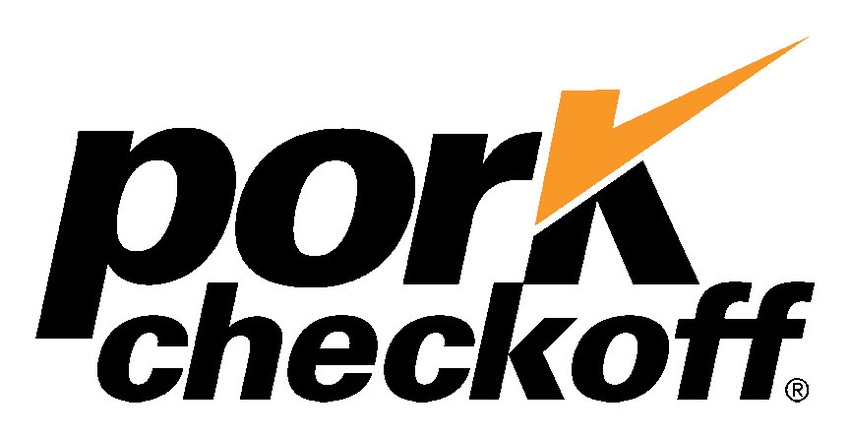
The National Pork Board (NPB) is taking a number of proactive steps to address producer concerns over antibiotic residues in cull sows at harvest.
Recently, USDA inspectors have gone to a more sensitive test that can detect minute levels of penicillin in the kidney.
This action has forced pork producers to withdraw penicillin much earlier than the 14- to 15-day withdrawal used when the old rapid tissue test was performed at the slaughter facility.
In response, the NPB commissioned a sow penicillin project with USDA’s Agricultural Research Service and North Dakota State University, says Steve Larsen, director of pork safety.
The goals of the project were to determine the pre-slaughter withdrawal period for penicillin, depletion patterns of penicillin in edible tissues of sows, and the levels of false positives by the new kidney inhibition swab (KIS) test now used to detect drug residues.
For the study, 126 sows were injected intramuscularly with a 5 cc dose of penicillin G procaine per 100 lb. for three consecutive days using three injection patterns. Sets of 18 animals (six per injection pattern) were slaughtered at five, 10, 15, 20, 25, 32 and 39 days after drug withdrawal, and penicillin residues measured in muscle and kidney samples.
According to the final report presented to veterinarians at World Pork Expo in June, penicillin residues in muscle depleted very rapidly and were not detected by 15 days of withdrawal.
However, depletion of residues in kidney was much slower than in muscle. Researchers estimated a 47-day withdrawal period would be required to ensure that residues in 99% of animals would be depleted below 50 parts per billion (ppb).
The researchers recommended that penicillin be withdrawn 15 days prior to slaughter.
In a second part of the study, a commercially available rapid screening assay (KIS) accurately predicted the presence of violative residues in kidneys. The Charm-KIS test could be used by sow producers to screen urine of treated animals for the presence of penicillin G residues in kidneys, the researchteam found.
Other Action
The NPB, National Pork Producers Council and the American Association of Swine Veterinarians are working with the Food and Drug Administration in order to set a 50 ppb tolerance for penicillin residues in the kidneys of pigs, Larsen reports.
If this new tolerance could be established as it was for cattle, it would in effect eliminate the zero tolerance level in kidneys for swine, he notes.
“The 50 ppb tolerance will help lower the withdrawal time to something more manageable, but it will be up to the veterinarian and the producer to say if it is within the appropriate time frame to ship animals to market,” Larsen emphasizes.
With the current 50-day-plus hold on cull sows, extra feed, housing and management costs are incurred. Switching to more expensive antibiotics with a shorter withdrawal time that are closer in makeup to human drugs for pneumonia raises additional concerns, he says.
The extra holding time for sows may also limit space for incoming replacement gilts.
See Related Story:
About the Author(s)
You May Also Like





